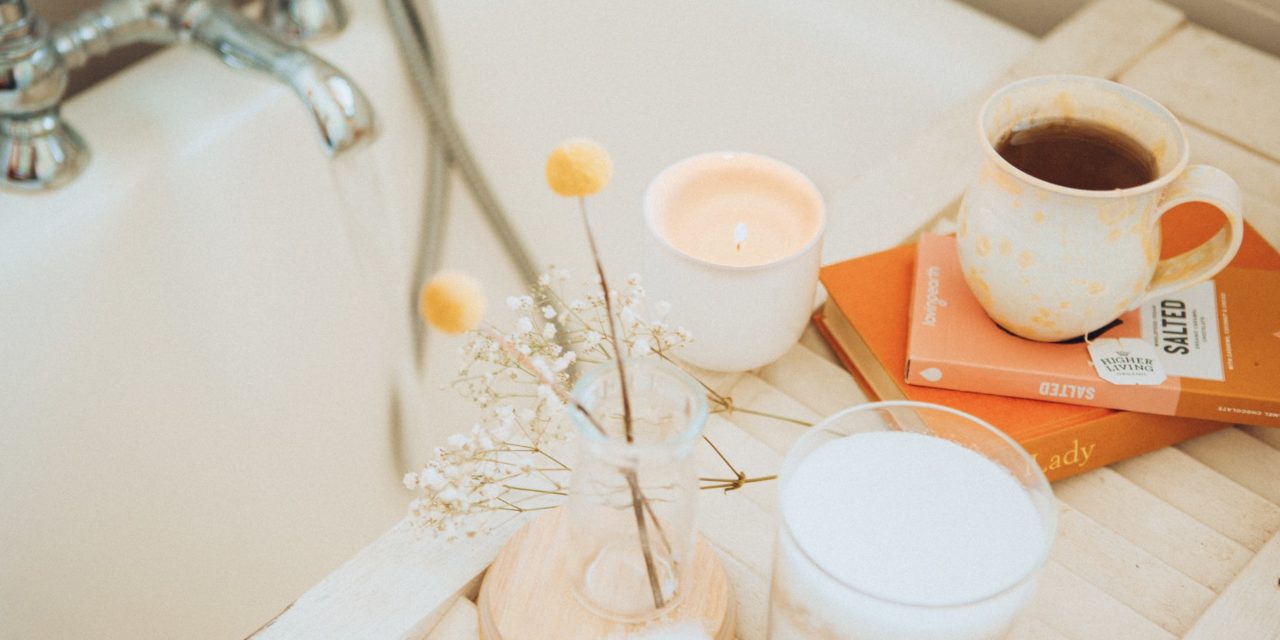[ad_1]
A good night's sleep becomes even better when you're tucked into a smartly dressed bed. Your head sinks into a downy pillow, silken sheets envelop your body, and the blanket feels softer than your favorite cashmere sweater. How to make sure your Luxury bedding is the best it can be? Know the basics before choosing everything, from sheets to pillows to down comforters. Then take a look around. The new colors for spring include soothing spa shades–pale pink, periwinkle and green tea–as well as bright poppy hues. If colors aren't your style, rest assured that white is more appealing, and less utilitarian, than ever. So go ahead and invest in luxury bedding, the stuff of dreams. You'll sleep beautifully.
Thread Counts on Luxury Bedding Sheets
In general, the higher the thread count (the number of threads woven into a square inch), the finer the cotton sheet, but that's not always true. More than 200 are considered good quality for luxury bedding. Go above 250 and you notice the difference. But finishing processes, including bleaching, printing and dyeing, also affect softness, especially with very dark colors (look for yarn-dyed sheets, which are softer). High-quality Egyptian and Pima cottons have longer fibers than standard cotton and can be woven into stronger, silkier yarns. So a 200-count Egyptian cotton sheet can feel softer than a 220-count standard cotton sheet. If you do choose standard cotton, look for “combed cotton,” which is smoother.
Sheet primer
COTTON IS STILL KING, BUT THERE ARE LOADS OF OTHER OPTIONS
COTTON A soft, natural fiber that breathes and takes dyes Well; wrinkles (may need ironing); widely used Weaves include percale (plain cotton sheets, smooth And crisp), sateen (glossy with a silky feel), and Jacquard (with woven designs; pricier than percale Or sateen)
POLYESTER won't fade but doesn't breathe; slightly Rough feel; can pill
JERSEY Like a cotton T-shirt, knitted not woven cotton; soft; won't wrinkle but can lose shape; ideal for spring and fall
FLANNEL Soft cotton with a napped surface; the warmest sheets available; choose pre-shrunk and brushed or napped on both sides
LINEN Strong, resilient and stain-resistant; expensive but lasts for generations; stiff when new, softens with use; wrinkles (ironing is a must); for best quality, buy Irish, Italian or Belgian linen
SILK A lustrous and soft fabric that drapes beautifully; Expensive luxury bedding sheets; often requires dry cleaning.
Care & handling: sheets
o Wash new sheets before using them to remove any manufacturing finishes or odors.
o Use warm water with a cool rinse to wash luxury bedding sheets (hot water breaks down fibers); dry on permanent-press setting.
o Unless sheets are really soiled, use half the recommended amount of detergent. Wash colored sheets with a liquid detergent (powders don't always dissolve completely, so they could leave a residue that dulls the colors).
o Never use chlorine bleach on luxury bedding sheets, which can weaken fibers.
o Wash sheets separately from terrycloth towels to prevent lint migration.
o Remove sheets from the drier while they're still a bit damp to prevent wrinkles. Fold them, or spread flat on the bed to air-dry if necessary.
o If ironing luxury bedding sheets, use a warm iron on damp sheets; iron lace or embroidery on the reverse side.
Double take: quilts
Instead of classical patchwork, the newest quilts are made from single fabric pieces in a solid color or allover pattern, and they're often reversible. Mod patterns add instant impact to your bed, while solid colors highlight the elaborate designs created by the stitching of the luxury bedding trend.
Sure, a soft sink-into bed with a lush, mile-high duvet is cozy, but what if you want a slightly sleeker look? Bedspreads are on the way back, but forget chenilles. Instead, look for tight-fitting, solid-color coverings in textured fabrics. The latest look for beds is streamlined, modern and flat–easy to achieve with a slimmed-down duvet or tailored coverlet or quilt. And toss the piles of decorative pillows; limit small pillows to just what you need for comfort. To soften the look, introduce plush blankets or throws with cozy textures, or add a subtle pattern, such as tone-on-tone florals, on bed or boudoir pillows. Bonus: You'll skip the hassle of removing layers of bed toppings, or trying to find a place to stash them, before crawling under the covers each night.
Goose down is softer and generally more expensive than duck down, as it provides greater insulation. The costliest goose down comes from Siberia, Hungary or Poland; goose down from China is less expensive.
Basic bedding: what lies beneath
Choose a pillow for firmness. Down is softest; feathers are firmest. Generally, stomach sleepers prefer soft, down-filled pillows. Side sleepers choose firm pillows with a high feather-to-down ratio, and back sleepers snooze best on a 50-50 mix. Ticking should be tightly woven (at least 230 thread count) to contain feathers. Other options: Cotton, Primaloft and polyurethane foam come in many densities and are good for anyone with allergies.
A mattress pad keeps the mattress clean and dry. Cotton is an obvious choice, but fleece gives extra padding, goose-down fill is ultra-soft for luxury bedding, and foam offers back support.
[ad_2]
Source by Claudia Hudson


